Introduction
Background
Poultry products (meat and eggs) play an important role for the nutrition of the human population as a whole, and in Africa in particular. Demand for these products in Africa is high, and is expected to increase significantly in the next 20 years (FAO, 2017).
The poultry industry in Africa has been growing rapidly over the past 10 years in response to this demand, particularly in countries like South Africa, Kenya, Rwanda, Tanzania, Uganda, and others. So far, the industry has been very successful with about 80 % of the poultry meat consumed in Africa being produced domestically (FAO, 2021). Small-scale rural and indigenous chicken production makes up a significant portion of this production, comprising 70 % of the total chicken production in Sub-Saharan Africa.
In addition to profits, small-scale poultry production provides valuable nutrition to the most vulnerable populations (children, pregnant women, and nursing mothers) in the form of proteins, vitamins, and micronutrients, while contributing to poverty reduction. It is also an important economic opportunity for smallholder farmers or those without land, particularly for rural youth and women (Melesse, 2014).
However, as demand begins to outstrip domestic production, imports of chicken meat from Europe are increasing. These imports undermine the domestic market and decrease profits for local producers. It is therefore important to strengthen domestic chicken production in Africa, and in particular the small-scale rural and indigenous production systems.
There are many reasons why chicken production is so popular. Firstly, the capital investment in village chicken production is less than for any other livestock species, making them an attractive option for many smallholder farmers. Chickens are small, easy to keep and handle, and have a short production cycle. Further, for smallholder farmers, they can be the most efficient and profitable species to raise. Finally, chickens offer additional benefits such as their nitrogen-rich manure that can be used as a crop fertiliser.
Poultry production systems in Africa
About 85 % of the households in Sub Saharan Africa keep their chickens in a free-range system. The traditional free-range system and the semi-intensive free-range system are both suitable for organic farming or are more or less easy to convert to organic farming. The intensive system, in which 30 % of the chickens of Africa are kept, does not meet the requirements of organic regulations.
Traditional free-range / village poultry production system
This type of husbandry system is the most common poultry system in Africa, and is suitable for meat and egg production on a small scale. During the day, the animals scavenge freely outside for food. During the night, they might roost outside in trees or bushes, or may be kept inside to provide shelter from predators, rain and cold. This traditional method is good for small numbers of chickens that are primarily used for home consumption with occasional sales. Usually, locally adapted or indigenous chicken breeds are used. Chickens under this type of management have long brood periods, low growth rates, and generally produce up to 50 eggs per hen per year. This system is popular because it requires little investment in infrastructure or other inputs that must be purchased (like food).
Semi-intensive free-range production system
The semi-intensive system is a modification of the extensive free-range method. In this system, the chickens still have access to the outdoors, but are also provided with improved housing, fencing to protect them from predators, supplementary feeding, disease prevention measures and medication in times of sickness. This type of system is popular because of the increased yields achieved with a relatively small investment.
Local/indigenous chicken breeds, dual purpose chickens (i. e. a breed where hens are good layers and roosters are good for meat production) and others work best in this type of system (see chapter 6 for further details on chicken types and breeds). Chickens in this system usually have low to medium growth rates, but typically produce more than in the traditional free-range system. Chickens from local/indigenous breeds can produce up to 150 eggs per year, and dual purpose cross-breeds up to 240. High yielding mono purpose hybrids for either egg production (up to 300 eggs per year) or fattening (up to 60 g per day) are challenging in this system, but can be used, if very good management and feeding are provided.
This system is typically used for small flock sizes with 50 to 200 birds, but can be used in larger systems as long as sufficient free-range area in the vicinity of the hen house is available and enough feed can be produced sustainably.
Intensive production system (NOT compatible with organic production)
Although this system can be profitable, it is not compatible with organic production. In an intensive production system, chickens are kept inside the house either in cages or on deep litter, and do not have access to the outdoors. There are usually high stocking rates, and the system puts profits above animal welfare and the environment. The restrictions on natural behaviours, crowded conditions predisposing animals to disease, and the environmental consequences of such operations are some of the reasons why this system is not compatible with organic production.
Group work and discussion:
Gathering information on poultry production systems
Divide the participants into three groups.
- Intensive production system (non-organic)
- Semi-intensive production system (organic)
- Traditional production system (non-organic)
Ask each group to gather information about their production system and to write the advantages and disadvantages of the system in the local context on a board. Ask the groups to present their findings.
After the presentation of the production systems, discuss the following questions:
- Which system is your favourite and why?
- Which challenges presented are the most important ones to you?
- Which system could you implement on your farm?
Organic principles and the benefits of organic poultry production
Organic and conventional poultry production have many similarities, but also some key differences. The focal points of organic poultry production are:
- The animals are kept in a poultry house and have access to an outdoor area during the daytime.
- The animals are fed with organically grown feed.
- There is a preference for breeds which are in general more robust and a little more flexible concerning their feed.
- Flocks are smaller than in conventional production (less than 50 to 3000 chickens).
- No use of synthetic chemicals (like pesticides).
- No preventive use and generally decreased use of medications (like antibiotics or coccidiostatics).
- Organic poultry production does not aim at maximum performance, but keeps the whole farm cycle in view and aims to balance sustainable and environmentally friendly production of healthy food while also accounting for animal welfare.
Why raise poultry in an organic system?
Given the extra effort and regulations that come with an organic system, why would farmers choose to either begin or convert to this system? Farmers become interested in organic poultry farming for several reasons. Some farmers see the higher prices for organic poultry products (meat and eggs) on the local market, and want to take advantage for their poultry operation. Other farmers want to stop using synthetic chemicals (i. e. pesticides) on their property and in their food for the health of themselves, their families, their customers and the environment. Still others do not have access to synthetic chemicals and medication, and are looking for a way to raise healthy animals for consumption and sale. Finally, some are interested in creating a sustainable and productive farm where expensive inputs like feed and fertiliser do not have to be brought in from the outside. They want to be able to grow cereals and legumes to feed their animals, and use the animal manure as fertiliser or for compost to maintain healthy soils.
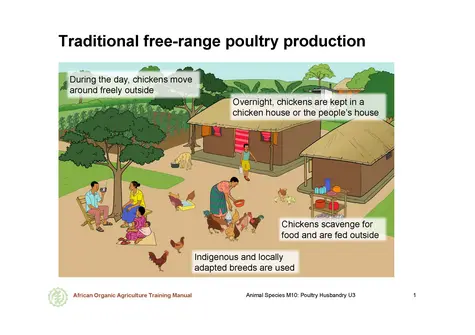
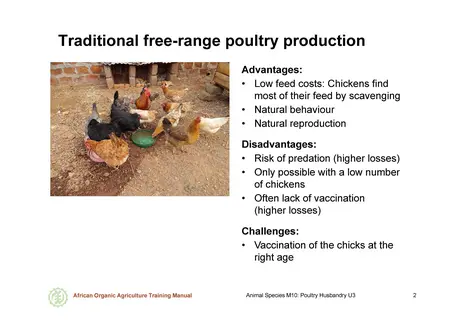
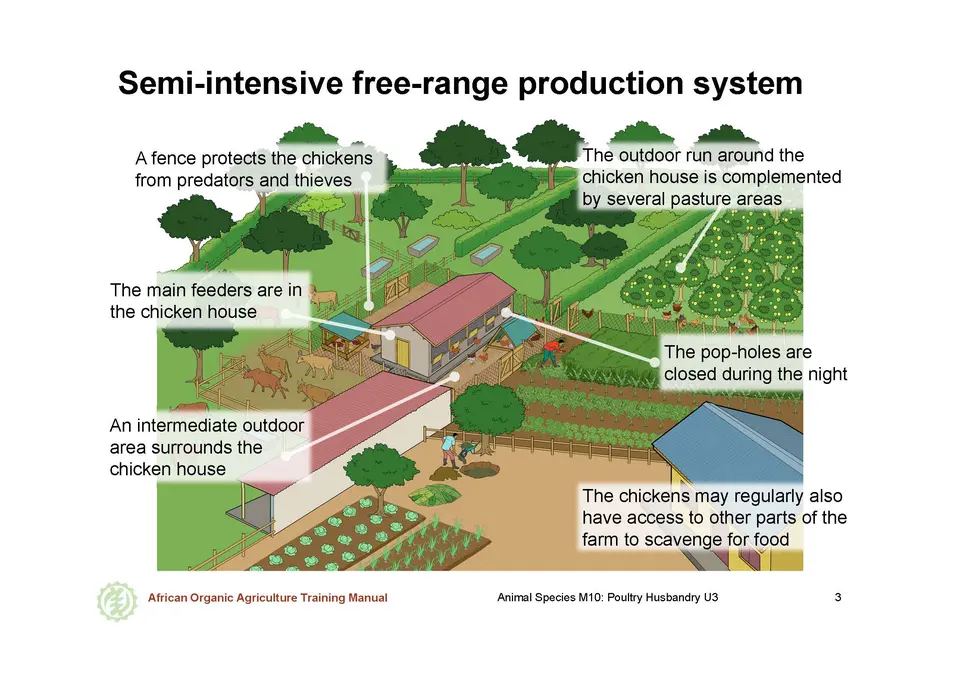
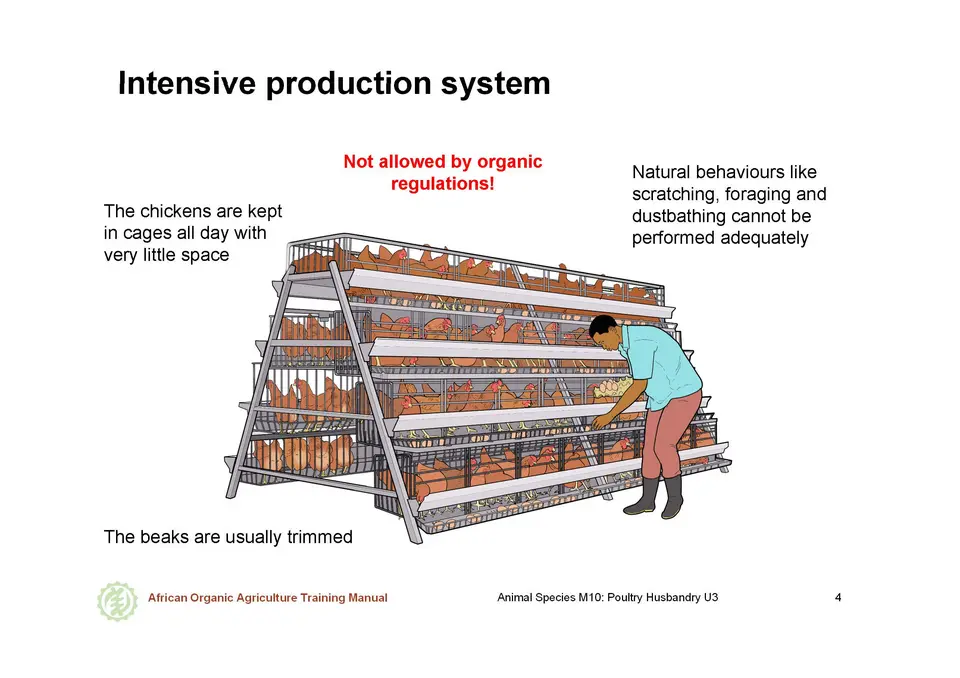
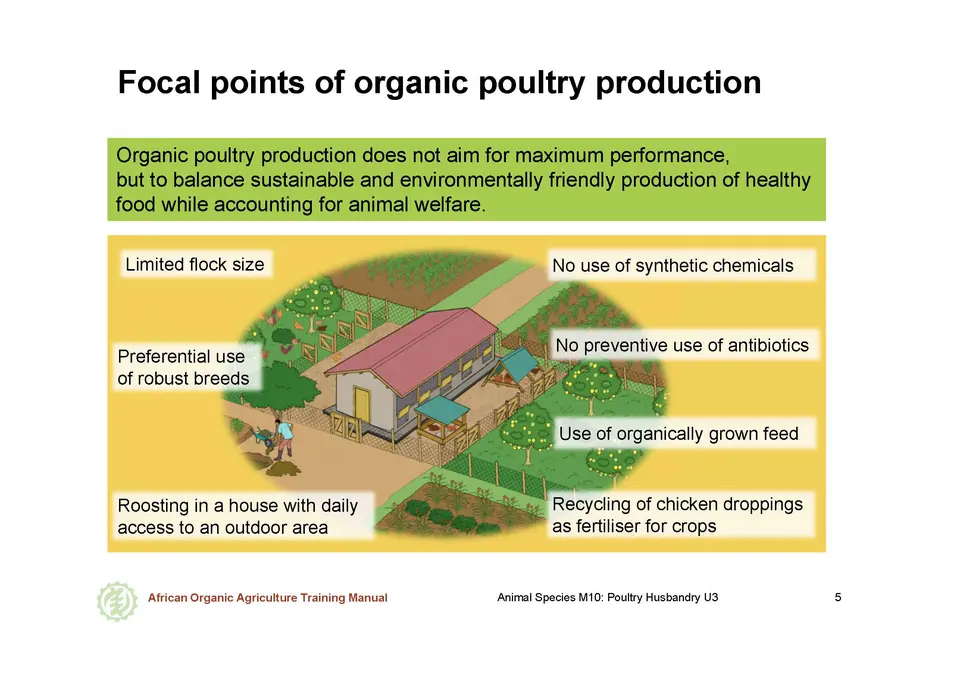
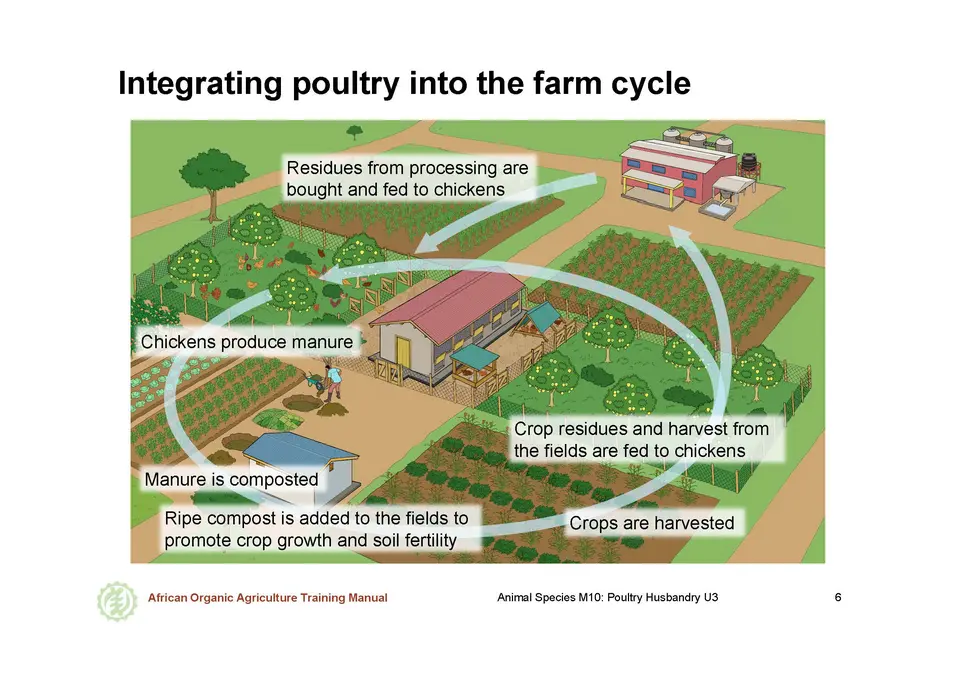
 tap and then scroll down to the Add to Home Screen command.
tap and then scroll down to the Add to Home Screen command.